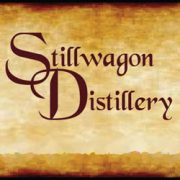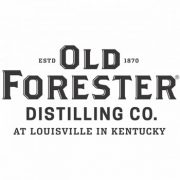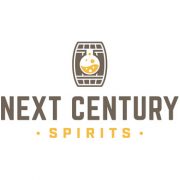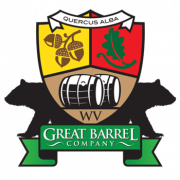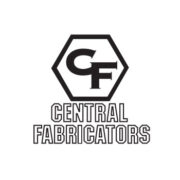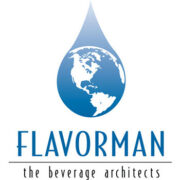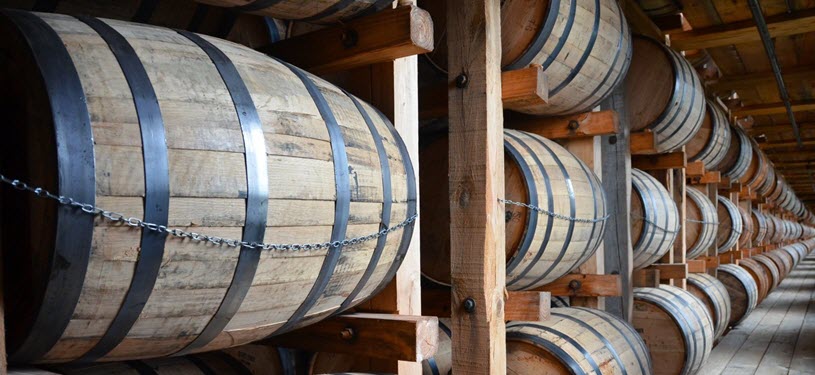
With the demand for bourbon continuing to increase, Kentucky’s bourbon inventory has reached a 40-year high with over 6.7 million bourbon barrels currently aging in warehouses across the state; that’s more than the entire population of Kentucky. To keep up with the growing production, the industry has been experiencing a building boom in warehouse storage. The intent of this article is to emphasize a very critical piece of bourbon warehousing – safe storage.
How to Protect Your Barrel Warehouse from the Dreaded “F” Word – Fire
How do we protect your aging distilled spirits from the hazards associated with fire? In the first part of this series, we will review the basic types of distilled spirit warehousing, take a look at their operational characteristics, and introduce the interdependent components required for a complete fire protection strategy. Before we dive into the details however; let’s review why fire protection is so important.
A large rack warehouse or palletized warehouse can contain nearly 70,000 alcohol-filled wooden barrels. With all that combustible material, a fire can quickly get out of hand and easily destroy an entire structure, all of its contents, and potentially spread to adjacent structures. If you think about the alcohol in each warehouse and the direct costs to produce the material; the loss potential from lost revenue and profit, property damage, and business interruption could be catastrophic.
Luckett & Farley has been engineering warehouses since the 1800s. Learn more here.
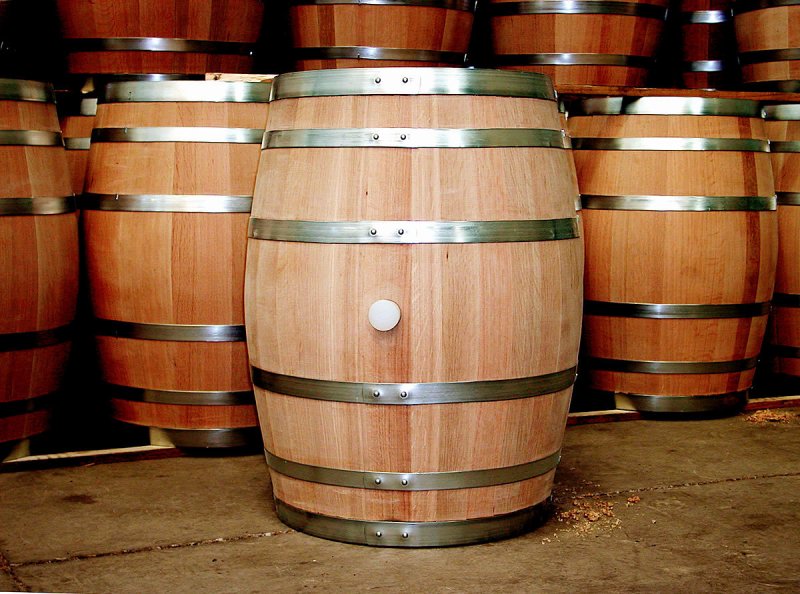
As an example, let’s assume we have a large palletized warehouse full of a mid-range bourbon that has an MSRP of $40 per bottle or $9,600 per barrel. The total lost revenue for one warehouse would equal $672,000,000, and the following table illustrates the potential impact of multiple warehouses being destroyed by fire.
| 1 Warehouse | 3 Warehouses | 5 Warehouses | 7 Warehouses | |
|---|---|---|---|---|
| Sales Per Barrel | $9,600 | $9,600 | $9,600 | $9,600 |
| Sales Per Warehouse | $672,000,000 | $2,016,000,000 | $3,360,000,000 | $4,704,000,000 |
Each warehouse lost costs the company over a half a billion dollars in sales. The potential impact on stock value, cash flow, operations, and everything in between would cause concern for even the strongest of companies. Because of this potential impact, successfully managing business interruption is one crucial part of strategic risk management.
Most people have been following the bourbon business for a while now remember the Heaven Hill Distillery fire from 1996. If you’re not familiar or need a refresher take a quick look at this article – Vintage Aerial Coverage of 1996 Heaven Hill Distillery Fire. A fire began on a hilltop warehouse during a storm, and the windy conditions caused the fire to spread to two other warehouses. When the warehouses began to collapse, a flaming river of alcohol flowed down the hillside and ignited multiple other warehouses below. Many of the fires went from 10% involvement to 90% involvement in less than 3 minutes.
In all, the fire destroyed seven warehouses with over 90,000 barrels, damaging 50% of the distillery along with several support buildings in just a four hour period. This high risk supports giving serious thought to fire protection and loss prevention strategies.
All Barrel Warehouses Are Not the Same
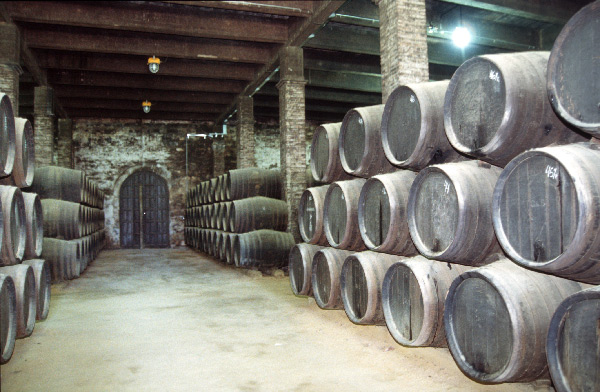
To begin the investigation into how to most successfully protect against fire damage, we must first recognize that all warehousing is not the same. There are three main types (Dunnage, Rack, Palletized) and each has its own unique characteristics.
Dunnage Barrel Warehouses
Dunnage warehouses are considered the traditional type and are usually single story with thick stone walls, dirt floors, and slate roofs that allow barrels to be stacked on their side three high using wood blocking (dunnage). They provide the most stable temperatures and humidity levels throughout the warehouse but have the highest operational costs because of the effort required to move barrels and the three high storage limits. Dunnage warehouses are mostly used for single malt Scotch whiskies.
Racked Barrel Warehouses
Racked warehouses are used by most commercial distilleries. A racked warehouse consists of a wooden racking structure up to 9 levels high that is wrapped with masonry or steel paneling. Each level stores the barrels on their side in racks three high and barrels are rolled in and out with the help of an elevator or escalator system. Because of smaller warehouse crews and higher storage capacities, the racked warehouses are cheaper to operate than Dunnage warehouses. While portions of the racked warehouses typically have the same average temperatures as the dunnage warehouses, they see higher day-to-day temperature fluctuations because the construction materials provide little insulation from the outdoor environment.
Additionally the height of the racked warehouse creates air stratification, subsequently giving each level its own micro-climate. While the barrels at the top of the rack warehouse age in a hot and dry environment, the barrels at the bottom could see a cold and humid environment. These variations in the aging process create different flavor profiles for each barrel location and each distillery has their own business strategies for leveraging these variations in their single barrel and small batch products or creating consistency through a blending process. While little has changed with the design of these warehouses over the years, there are recent efforts underway to explore the use of steel racking structures to increase densities and overcome the shortfalls of wood.
Palletized Barrel Warehouses
Palletized warehouses of today are a more modern warehouse variation used in large scale production. Palletized warehouses are typical open warehouse structures where 6 to 9 barrels are placed upright on a wooden pallet and stacked 6 to 7 pallets high in an array configuration. The buildings themselves are typically simple, pre-engineered metal buildings with insulated walls and ceilings, and with no racking system, the palletized warehouse requires no special construction methods. Because of the dense storage configurations and need for only a single forklift driver to move barrels, the palletized warehouse is the most economical to operate.
When pallets are tightly stacked however, the air flow around the barrels is limited which subsequently can create the largest variations from barrel to barrel. Additionally, the top of the barrel is not in contact with distilled spirits which can cause slightly more evaporation losses. However, several of the larger distilleries have been building palletized warehouses which overcome many of these limitations through construction methods, increasing pallet spacing, and introducing consistent ventilation through the pallet arrays with air handling equipment. Some recent studies have even suggested that using the palletized system can achieve greater consistency in bourbon maturation.
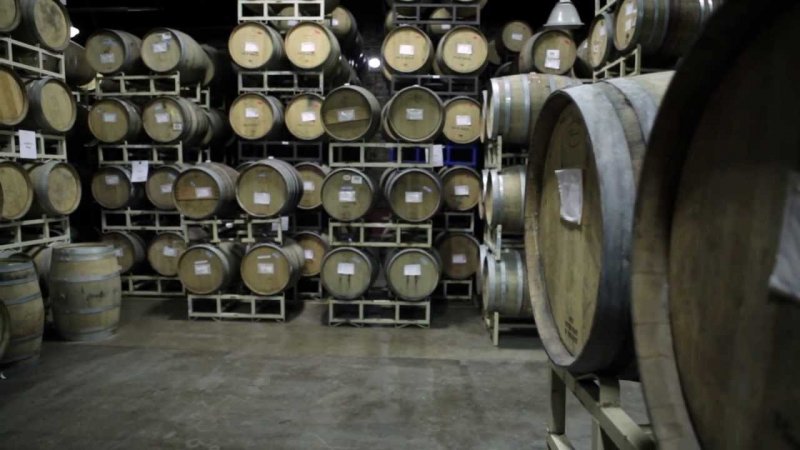 Know Your Local Building Codes
Know Your Local Building Codes

As with any building, we begin with an analysis of the locally adopted building codes to define the various design parameters. It is important to note however, that building and fire codes are MINIMUM requirements and are intended to protect against loss of life and limit the surrounding impact of a fire. The code requirements are not meant to protect assets or address every potential hazardous scenario. Once we introduce the barreled spirits into the warehouse, we create a unique hazard that requires guidance beyond the basic code requirements. For example, in Kentucky, the state building code has provided a supplemental section dedicated to distilled spirit storage, but even so; additional hazard analysis is needed to get the rest of the answers. Again, the rules and regulations for storing distilled spirits (if they even exist) vary by state.
Recommended Fire Protection Practices for Distilled Spirits Beverage Facilities
Since the repeal of prohibition many of the leading American distillers began working together to protect themselves from higher taxes and influence public policy. In 1973, the various organizations merged to form a national trade association called the Distilled Spirits Council of the United States (DISCUS). Today their members represent of 70% of all distilled spirits sold in the US. One particular arm of DISCUS, the fire protection committee, is dedicated to working with its members and insurance companies to evaluate fire protection technologies and developing and sharing technical data/procedures. Using this information over the years, DISCUS has taken the basic requirements of the building and fire codes and supplemented them with other fire safety measures as well as other design strategies to achieve a level of safety that is both appropriate for the hazard levels and cost effective. The resulting work is published in a guide titled “Recommended Fire Protection Practices for Distilled Spirits Beverage Facilities”. This guide is not a code or standard and adhering to its recommendations is strictly voluntary, however; many of the major insurers have adopted DISCUS’ recommendations as requirements for insurance coverage. Finally, the distillery’s internal risk management groups and 3rd party risk consultants often provide additional requirements based on site specific conditions and their latest loss prevention data.
5 Major Components of Fire Protection
Using the resources discussed above, we can start to piece together an overall fire protection strategy involving five major components. Each component is interdependent of the others and requires a systems thinking design approach for an effective design
- Prevention
- Compartmentation
- Detection
- Notification
- Suppression
Inquiry for Architectural and Engineering Expertise
If you would like more information about working with our experienced engineers and architects, please contact Jeff Moneypenny at 502-585-4181 or email him at JMoneypenny@Luckett-Farley.com or visit the Luckett & Farley website here.
Ready to Get Started on Your Next Distillery Project?
Let Luckett & Farley’s Experienced Engineers and Architects
Get You Started on the Right Track
Contact: Jeff Moneypenny, AIA, LEED AP – Director Distilled Spirits Design Studio
Call: 502-585-4181
Email: jmoneypenny@luckett-farley.com
Website: Luckett-Farley.com
Luckett & Farley has been engineering warehouses since the 1800s. Learn more here.
What is BrandScape? BrandScape is a way for product and service suppliers to talk directly to our audience. If you would like to learn more about BrandScape, please email Info@DistilleryTrail.com.


